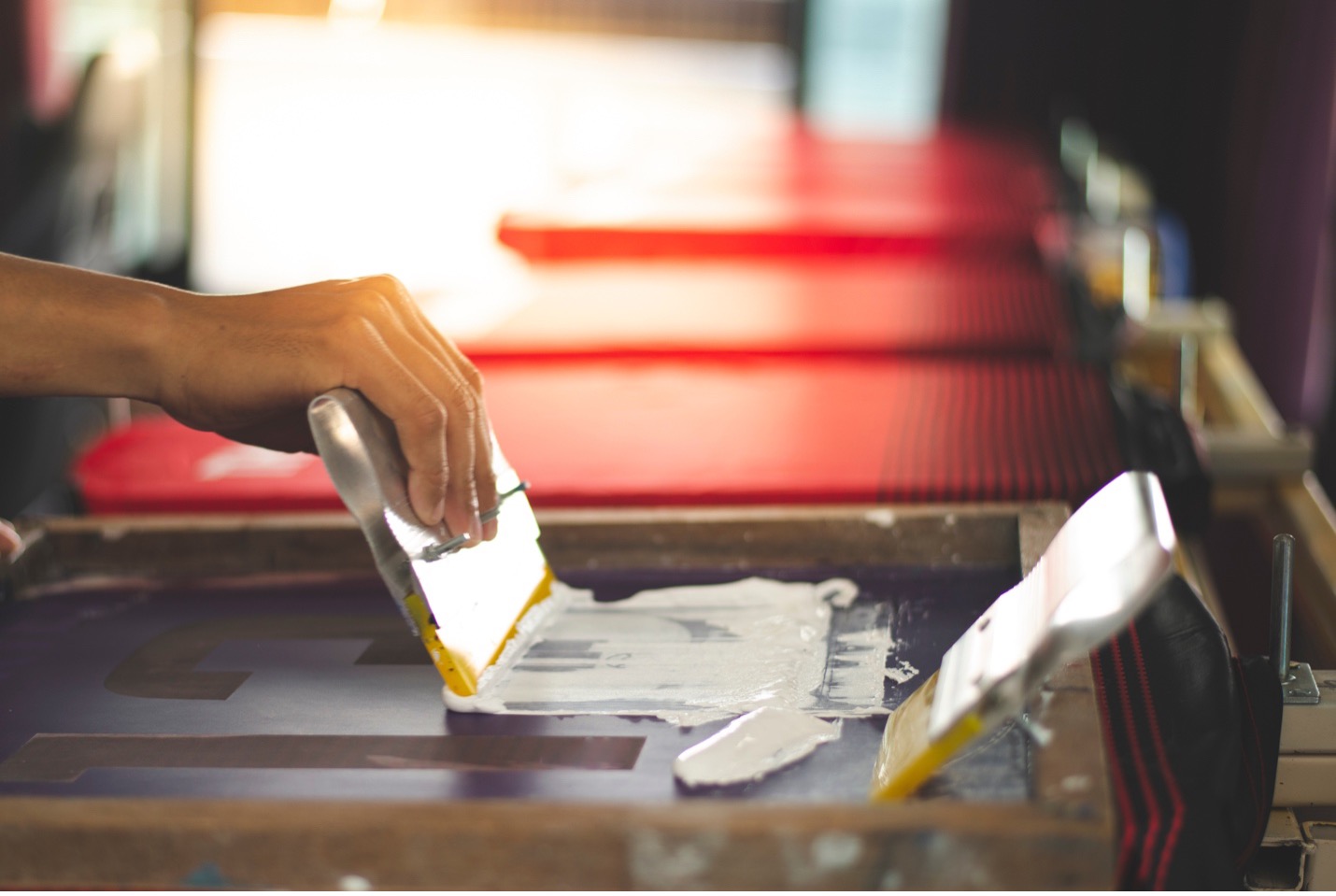Screen printing is a versatile and popular method of transferring images onto various materials, from clothing and promotional items to ceramics and glass. As companies look to incorporate screen printing into their production lines, it is essential to understand the importance of mesh in determining the quality and durability of the final product. In this blog, we will explore the role of mesh in screen printing, how to choose the right mesh for your application, and the factors that influence its performance.
The Role of Mesh in Screen Printing
Mesh is the backbone of the screen-printing process. It is a woven fabric made of polyester, nylon, or stainless steel, stretched over a frame to create a stencil for your design. The mesh holds the stencil in place while ink is forced through the open areas onto the substrate below. The mesh's characteristics, such as mesh count, thread diameter, and tension, directly influence the final print's detail, color saturation, and durability.
Mesh Count: The Foundation of Print Resolution
Mesh count refers to the number of threads per inch (TPI) in the mesh. A higher mesh count means smaller openings, which allow for more detailed and intricate designs. Conversely, a lower mesh count has larger openings, which are better suited for bold graphics and thicker ink applications. Selecting the appropriate mesh count for your design is critical to achieve the desired print quality. Generally, higher mesh counts are ideal for fine detail and halftones, while lower mesh counts are better for solid prints and high ink coverage.
Thread Diameter: Balancing Detail and Ink Flow
Thread diameter affects both the mesh's strength and its ability to hold ink. Thicker threads create a more robust mesh, but they also reduce the open-area available for ink to pass through. On the other hand, thinner threads allow for greater detail and better ink flow but may be more susceptible to wear and tear. It is essential to strike a balance between detail and ink flow to ensure a high-quality print that meets your production needs.
Tension: The Key to Consistent Printing
Tension refers to how tightly the mesh is stretched over the frame. Proper tension is crucial for consistent and accurate printing. A well-tensioned mesh ensures that the stencil remains in contact with the substrate during printing, allowing for a clean and precise transfer of ink. Inadequate tension can cause issues such as poor registration, blurred images, and ink bleeding. Monitoring and maintaining proper tension throughout the printing process will significantly improve the quality and consistency of your prints.
Choosing the Right Mesh for Your Application
Understanding the unique requirements of your specific printing project is essential for selecting the appropriate mesh. Factors to consider include the design's level of detail, the type and viscosity of the ink being used, the substrate's characteristics, and the desired print durability. By carefully considering these factors, you can choose a mesh that will deliver optimal results for your screen-printing needs.
In conclusion, the mesh plays a critical role in determining the quality and durability of screen-printed products. By understanding the importance of mesh count, thread diameter, and tension, companies can make informed decisions when selecting the right mesh for their specific applications. Paying attention to these crucial factors will ensure that your screen-printing production line delivers consistent, high-quality results.
